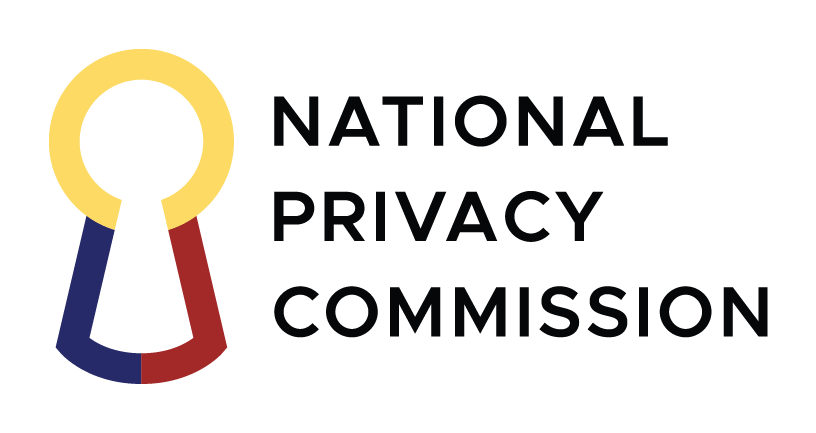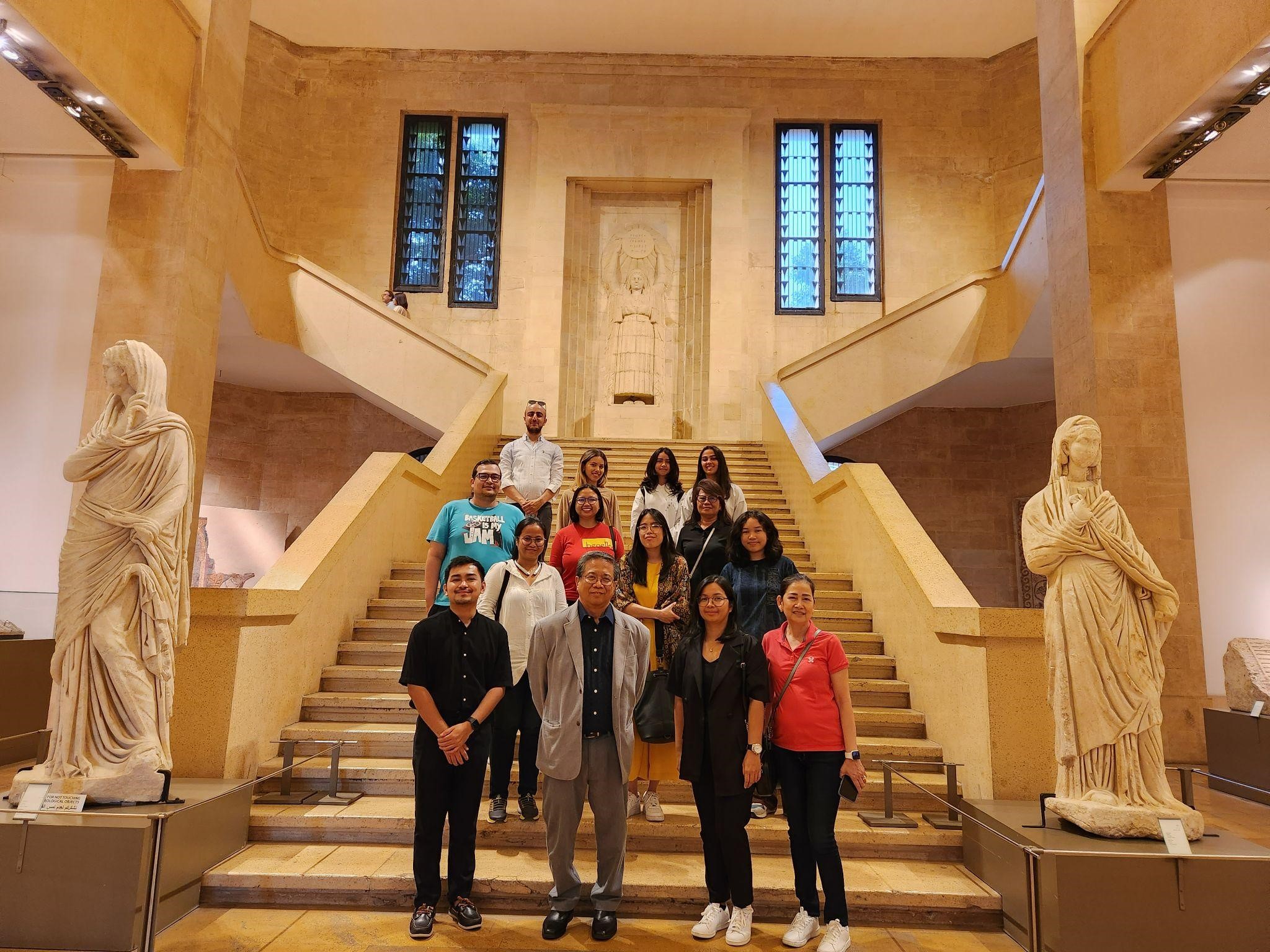
Photo: Beirut PE personnel and family members visited the Beirut National Museum which houses Lebanon’s historical and archeological artifacts.
BEIRUT - In celebration of the Museum and Galleries Month, the Philippine Embassy in Lebanon organized a museum tour and a painting workshop for Embassy personnel on 23-24 October 2022.
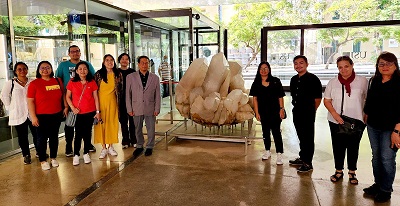
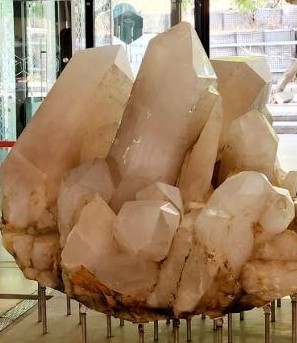
Photo: Amb. Balatbat (seventh from left) and Embassy personnel posed with one of the largest quartz excavated in the world at MIM.
The guided museum tours started at the Mineral Museum (MIM), a private museum located inside the Université Saint-Joseph in Achrafieh, Beirut,. MIM, owned by chemical engineer and collector Salim Eddé, opened to the public in 2013 and exhibits a growing collection of minerals from around the world close to 2,000 stone pieces.
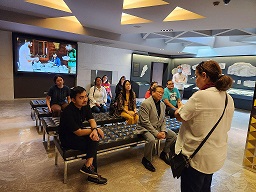
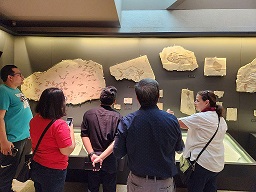
Photos: The museum guide explains the origins of the mineral collections and the fossils of Lebanon.
Aside from minerals, the museum also hosts around 200 marine fossils found in Lebanon, including rays and turtles. Another part of the exhibit is a complete fossilized specimen of a pterodactyl species found in Lebanon called Mimodactylus libanensis or “mimo”. The exhibit features its actual fossil, a life-size depiction, and interactive 3D and video projection.
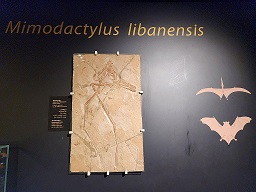
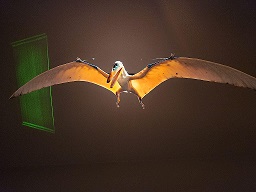
Photos: Complete fossil (left) and depiction (right) of the Mimodactylus libanensis or “mimo” found in Lebanon.
The National Museum of Beirut opened in 1942, becoming Lebanon’s primary archaeological museum. The museum was closed during the Lebanese Civil War as it was in the demarcation line between the opposing factions. Restoration started in 1995 and the museum re-opened in 1999. It is home to a total of 100,000 artifacts reflecting the rich historical heritage of Lebanon ranging from Phoenician, Egyptian, Persian, Greek, Roman, Byzantine, and Islamic influences. Found at the museum’s main entry is the Ahiram sarcophagus (c. 850 BC) inscribed with the ancient Phoenician text which is primarily attributed to the development of the modern alphabet.
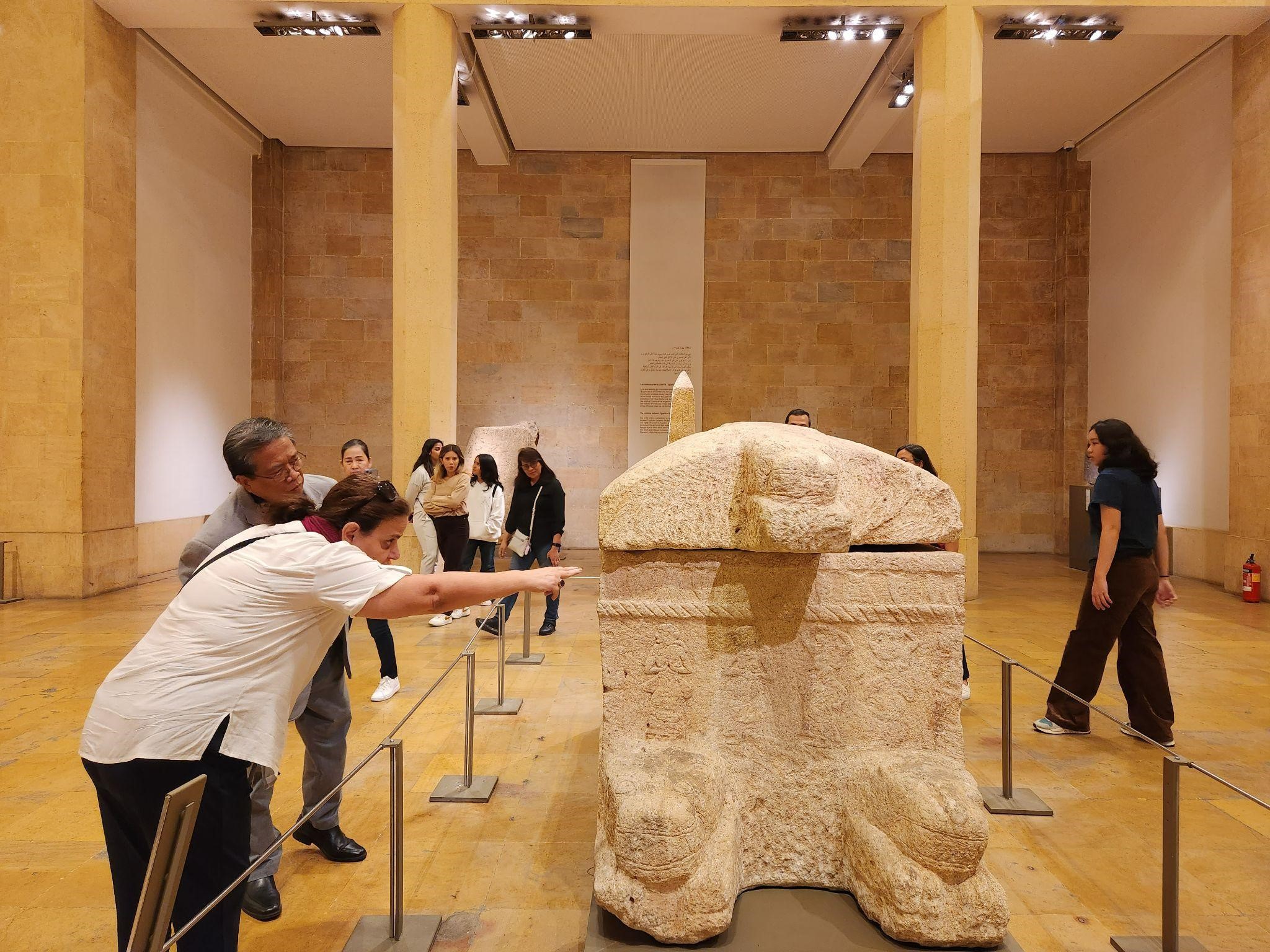
Photo: The guide showing Ambassador Balatbat the inscriptions on King Ahiram’s sarcophagus bearing ancient Phoenician texts.
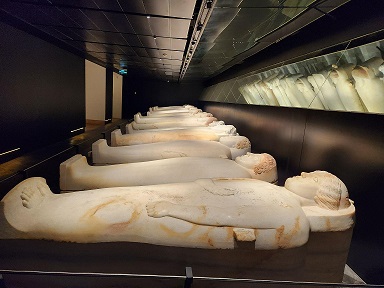
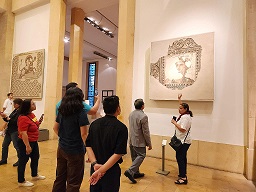
Photos: World’s largest collection of anthropoid sarcophagi (left); Roman mosaics (right).
The Embassy held an art workshop for its personnel on 24 October with Mr. Ali Diab, a Lebanese artist who provided a brief lecture and demonstration on basic painting techniques. In the two-hour workshop, personnel created their own paintings inspired by Filipino culture, landscapes, and artworks.
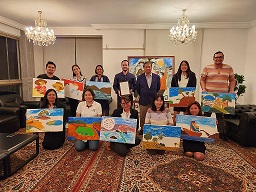
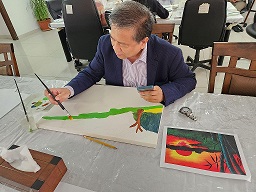
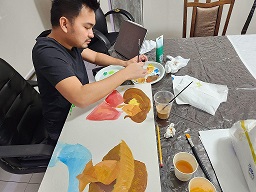
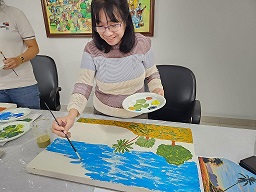
Photos: Embassy personnel showed their talents in the art workshop.
With the theme “Embracing Uncertainty: Showcasing Solidarity, Hope, and Recovery”, the museum and galleries celebration highlights the binding role of these institutions as cultural identifiers in a rapidly-changing world. Indeed, heritage and arts appreciation transcends cultural boundaries and inspires optimistic outlooks for the Embassy’s future engagement with Lebanon. END

